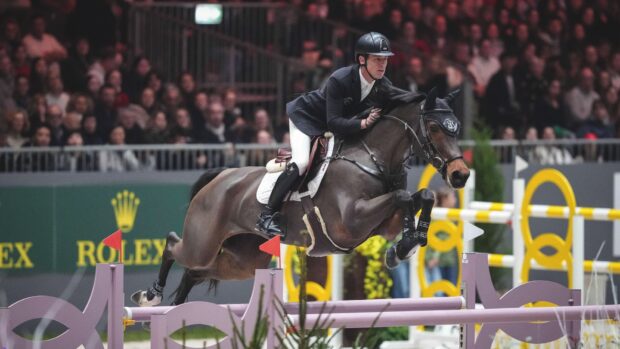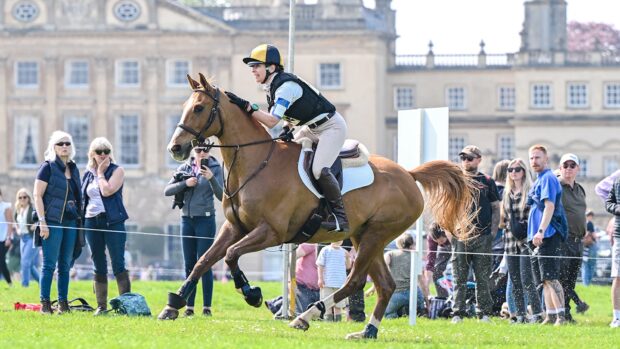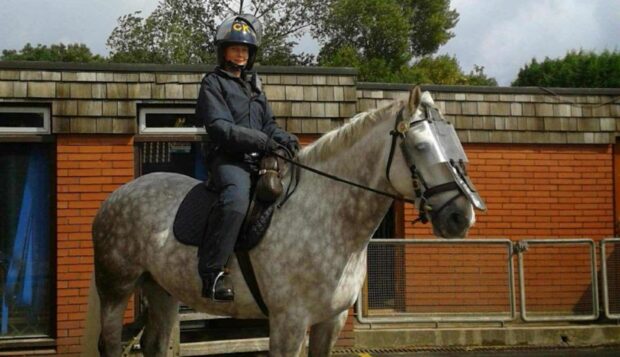Controversy has been sparked by plans for a solar farm, as some believe equine First World War veterans could be buried beneath the land in question.
Lathom Park estate, near Ormskirk in Lancashire, was home to Lathom Remount Depot, one of of Britain’s three largest equestrian operations during the First World War.
Around 250,000 horses went through the Lathom Remount Depot during the First World War, from as far afield as the US, Australia and South Africa.
Some believe the bodies of horses who served in the war and later returned to the depot are buried in a 10-acre field formerly owned by the estate.
Renewable energy company Lightsource BP had suggested the land could be suitable for a solar plant, to power NSG Group’s European Technical Centre, which is adjacent. The company says it has surveyed the land and there is “no evidence” of equine graves.
But members of the community have spoken of the significance of the area and are asking the companies involved to reconsider.
An official planning application has not been submitted, public consultation has taken place.

Lathom Remount Depot. Credit: Lathom & Burscough Military Heritage Society/Richard Houghton
Paul Kenyon, whose family have lived in the area for generations, remembers his uncle telling him that war horses were buried on the land and has spoken to others in the community who were told the same by their ancestors.
“The credence of the information is there,” Mr Kenyon told H&H, adding there are four large square or oblong dips in the field that would correlate with burials.
“That field has never been ploughed — I have always known it to be grass as a mark of respect.
“There aren’t records, this [knowledge] is what has been handed down through families over the years.”
Richard Houghton, of Lathom & Burscough Military Heritage Society, said he thinks it would be “lacking sensitivity” to put a solar farm on the area of the burials.
“I don’t think it is a good idea — I would be rather perturbed if it went ahead on that [particular piece of land],” he told H&H.
“Am I against solar panel farms? I have no reason to be so — I have solar panels on my roof and a biomass boiler, I am ‘green’.
“The turf there has been left as pasture, cut for hay or silage, it has never been cultivated, never been ploughed and that itself speaks volumes.”
Article continues below…
You might also be interested in:
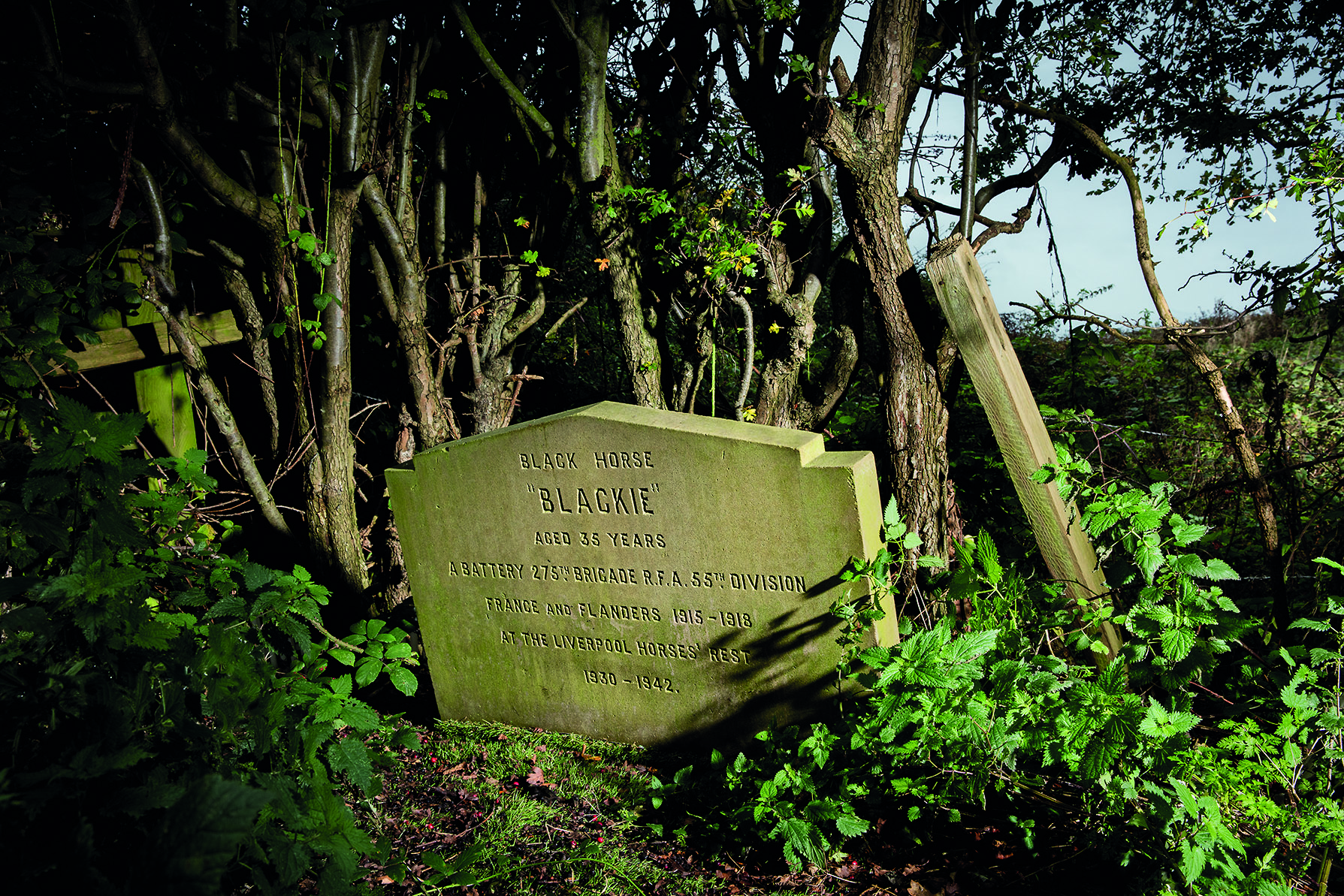
Equine war hero’s grave protected by listed status
‘Blackie’ served on the Western Front at many of the First World War’s major battles, including the Somme, Arras, Ypres

‘Every Horse Remembered’: Harry Meade and Laura Renwick back war horse initiative
Dressage rider Alice Oppenheimer are supporting the cause

The Lost War Horses of Cairo: a moving tribute to Dorothy Brooke’s passion
Grant Hayter-Menzies chronicles the life of Dorothy Brooke, founder of international equine welfare charity Brooke, and her efforts to relieve
Historian Dot Hawkes told H&H she believes the horses buried there are those who came back from the war with injuries that the army and vets thought could be treated.
“There are many large square areas where there have obviously been excavations,” said Mrs Hawkes.
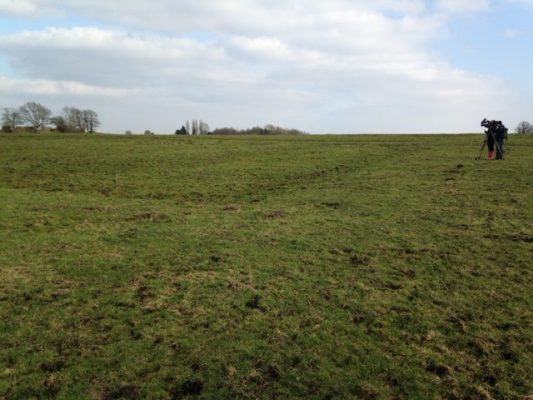
She added there is no sign of drainage on the land, which is consistent with the understanding that this was a burial site for horses rather than the site of historic buildings.
Mrs Hawkes said horses who were fit to be sold were sold, while those who did not survive are believed to be buried in this field.
“The ones that could not be saved were put down humanely and because of what they had been through they didn’t burn their bodies or send them to the knackers’ yard, they put them in these graves as a mark of respect,” said Mrs Hawkes.
“There is a two-fold memorial issue — one, remembering the sacrifice of these horses that humans made travel sometimes 6,000 miles [in the case of those requisitioned from abroad] to be killed or injured.
“Two, we also have to respect what the vets did and their wish that the horses were looked after, respected and remembered.”
A Lightsource BP spokesperson told H&H the company “appreciates the important heritage of Lathom House and the use of its grounds as a remount station during the First World War”.
“Our heritage experts have undertaken a geophysical survey, which shows remains of stables where live horses would have been kept and an exercise track, but found no evidence of horse burials within the proposed development site,” he said.
“We undertook a rigorous selection process to identify a suitable area for the solar panels, including a review of the rooftops and grounds of the technical centre.
“The roofs are not feasible for solar panels due to shading from existing plant and machinery, and because many of the roofs will need to be replaced within the lifespan of the panels.
“We have been sharing plans for the site with the local community through public events and leaflets and have been hugely encouraged by the positive response.
“The vast majority of the feedback has been supportive of our proposal, which would generate enough clean solar energy to meet 30% of the electricity needs of the technical centre, an important local employer.”
For all the latest news analysis, competition reports, interviews, features and much more, don’t miss Horse & Hound magazine, on sale every Thursday


